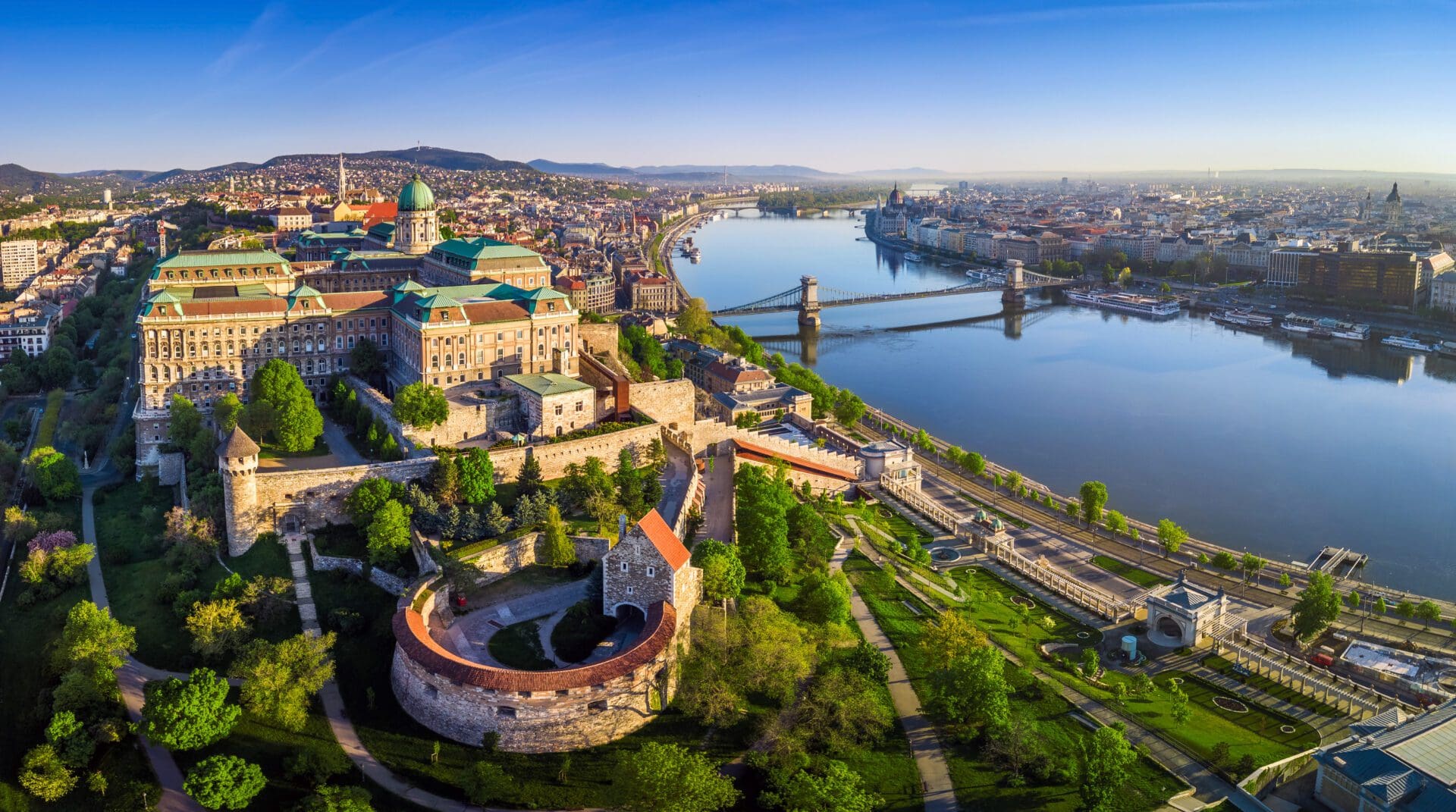17 November marks the Day of Budapest, as it was on this day in 1873 that the three, then separate towns of Pest, Buda and Óbuda were unified into one city—Budapest. The decision ratified by the National Assembly on 22 December 1872 joined two free royal towns (Buda and Pest) with 54 thousand and 200 thousand residents respectively, as well as Óbuda and Margaret Island (Margitsziget) with a a population of 16,000. The process of unification was ceremonially finalized on 17 November 1873. After the unification, Budapest rapidly went through a remarkable development, becoming one of Europe’s most significant cities. In 1870, Pest-Buda was the 17th largest European; city three decades later, in 1900, Budapest was already the 8th largest city in Europe. To highlight the significance of the event that made Budapest the megapolis that it is today, the Day of Budapest has been celebrated since 1991.
The decades following the unification of the three towns the capital saw an unprecedented economic and infrastructural boom.
New bridges, streets and railway stations were built while the city population of the city also kept growing.
In 1871, Andrássy Avenue was built; in 1884, the Opera House was erected, and the construction of the Hungarian Parliament also started around this time. As part of the Millennium celebrations in 1896, Heroes square, the Millennium Underground Railway (the first underground in continental Europe, and the third in the world) and the City Park were built, to host the visitors pouring into the city to witness the historic festival dedicated to demonstrating the greatness and the beauty of the thousand-year-old country. Since most of Budapest’s still visible historic sites and attractions were built in this period, these years are rightly remembered as the golden age of Hungary’s capital city.
But after the golden late 19th century, during World War II, and in particular during the mid-1940s, Budapest was heavily damaged. The iconic Chain Bridge was blown up, residential houses were bombed, and historic sites were destroyed. The armies passing through the city also left their mark on the capital—for instance, Marshal of the Soviet Union Kliment Voroshilov is known to have ‘stolen’ at one of the figures of the famous fountain of the Royal Palace in the Buda Castle that depicts Hungarian King Mathias hunting with his dogs. According to an urban legend, the Soviet Marshal liked one of the king’s dogs so much that he ordered his soldiers to remove the figure from the fountain and took it with him to the Soviet Union. Later, the missing statue was replaced with a replica during the partial restoration of the damaged or destroyed historic sites after the end of the World War, in the state socialist era.
Several sites were unfortunately completely demolished,
while the state socialist period’s own contribution to the city’s architecture was negligible. Most of the socialist public monuments were removed after the collapse of the regime, while its socialist realist style buildings pollute Budapest’ landscape rather than contribute to its beauty.
Recently, multiple large-scale projects were launched to restore and rebuild the capital city, Budapest to its former glory. As one of the first major projects, Kossuth Square was renovated, with the parking plot in front of the Parliament moved underground and a public garden created. In accordance with the original intent of the builders of the Parliament, the park features only Hungarian indigenous plants. Over the past few years, the Castle Garden Bazaar and the City Park have also gone through a major renovation, while reconstruction work is still ongoing works in the Buda Castle as well as on the Chain Bridge. As the newest grand project to beautify Hungary’s historic capital, the interior restoration of the Hungarian parliament was recently announced. The completed as well as the ongoing projects all contribute to elevating Budapest to the place it deserves among European capitals, beautifying the capital city for the sake of its residents and making it an even more exciting and attractive metropolis for visitors.








